A Barrel of Unpretentious Fun
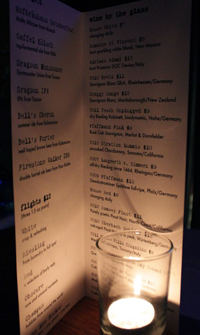
photo by James J. Jeffries
Wine is one of those things everyone knows something about, but for most people, that knowledge is usually confined to decision trees involving bottled or boxed, red or white.
Frank Lietzau is on a mission to change that, without all the buttoned-down stuffiness often associated with the world of distant vineyards and sommeliers. One needn’t look further than the Hofsbrau Münchhausen T-shirt he wore on a packed Friday afternoon last month at his new downtown wine bar, Unplugged at 118 E. Congress St., the entrance to which is flanked by two very large oak barrels.
Lietzau’s knowledge of wine ran deep. He dished out detailed anecdotes with each successive bottle he poured to a group of giddy bar patrons eager to learn more about the fantastic wines they were sampling. More importantly, he is refreshingly unpretentious about his very misunderstood trade.
“One has to be honest,” said Lietzau. “If you want to learn about the world of wine, you simply have to go out and taste things, and if you don’t like them, be honest!”
The menu at Unplugged is designed in a way to be extremely accessible to patrons making their first foray into wines. Order a flight for $12, which will consist of a specific array of wines – such as red, white, obscure, or Rieslings – and you’ll get three glasses of 1.5 ounces each to sample.
As you down your first glass, you’ll begin to feel the warm, relaxing, and convivial atmosphere of the bar take hold. The bar and table surfaces are thick wood, buffeted by grey metal fixtures and warm, soft lighting provided by votive candles and a few understated industrial lamps. The glowing light wall behind the bottles changes color according to what Lietzau deems appropriate given the day’s crowd and playlist.
In this sense, Lietzau’s venture is very much in line with the driving forces and overall vibe behind the explosive development in Downtown Tucson; he’s offering a terrific, difficult-to-find variety of small-winery products from across Europe that he is truly passionate about, but going about it in an incredibly welcoming manner that perfectly merges stylish and casual.
“This is my second time here,” said Terri Callarez, as she enjoyed a wine flight of obscures. “It’s a really mellow place to abandon your workday.” She also referred to a choice she made on her first outing, another unusual offering called the John Lee Hooker, which is comprised of one bourbon, one scotch, and one beer. (wink, wink).
“Tucson doesn’t have anything like this,” said Lietzau, referring to his ability to bring in wines that are very seldom seen in this part of the world. It’s this mixture of high quality and openness that exemplifies the spirit of the new movement energizing the city’s heart, as Lietzau honors the skilled beer and winemaking excellence of the Old World, bringing it right into our own community’s historical epicenter.
And if you simply want to relax in this atmosphere, but you’re not so into wine or want a buffer to all of those rich fermented grapes, Unplugged still has you covered with an array of craft beers, including Gaffel Kölsch.
Gaffel Kölsch, as Lietzau explains, “has been brewed near my hometown in Germany for more than 500 years.” It, along with other suds that come from right here in the Old Pueblo – such as Dragoon Brewing Company’s Monsooner – is sold at a very reasonable $5.50 per glass.
Unplugged also offers a rotating variety of delightful small eats, from bruschetta to bratwurst and the customary cheese and fruit plates to accompany your journey into something new and wickedly wonderful.
As is fast becoming the rule these days, this wine bar seems to be yet another compelling destination for Downtown adventurers craving bold new flavors firmly steeped in culinary tradition.
Unplugged resides at 118 E. Congress St., just west of the historic Chicago Store. For more details, visit their Facebook page at Facebook.com/unpluggedtucson. This article is courtesy of the Downtown Tucson Partnership. For more information on where to eat, shop, live and play downtown, visit DowntownTucson.org.
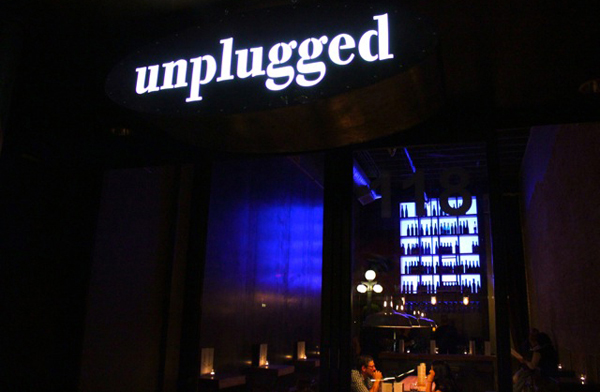
photo by James J. Jeffries

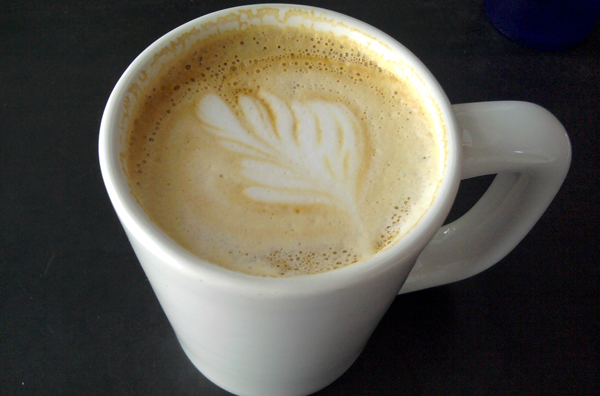
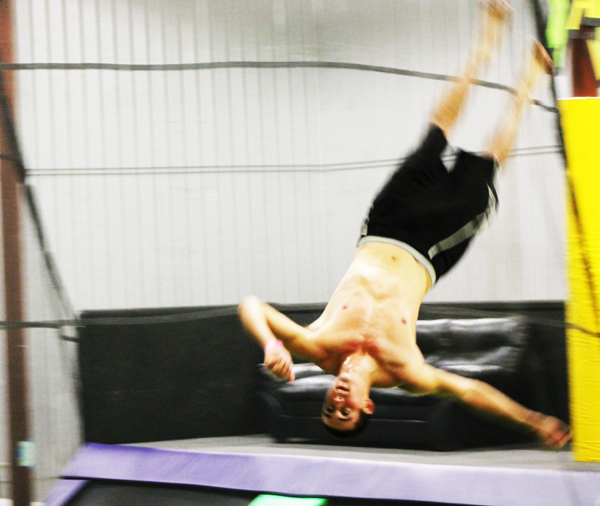
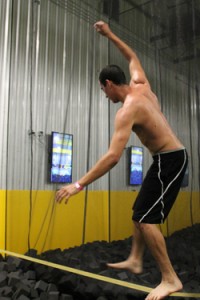
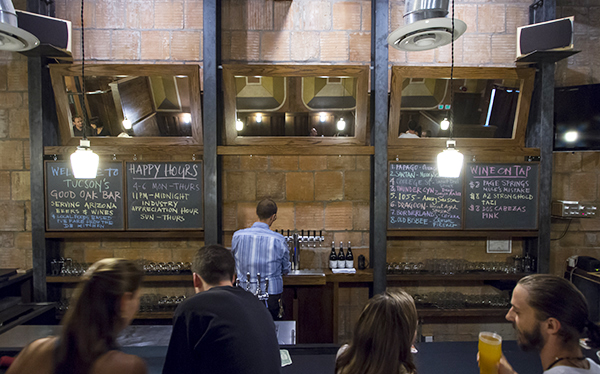
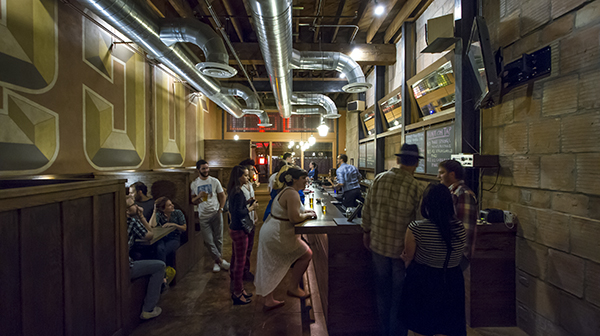
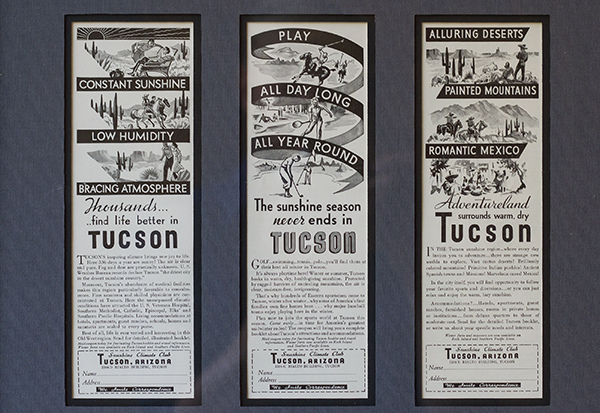
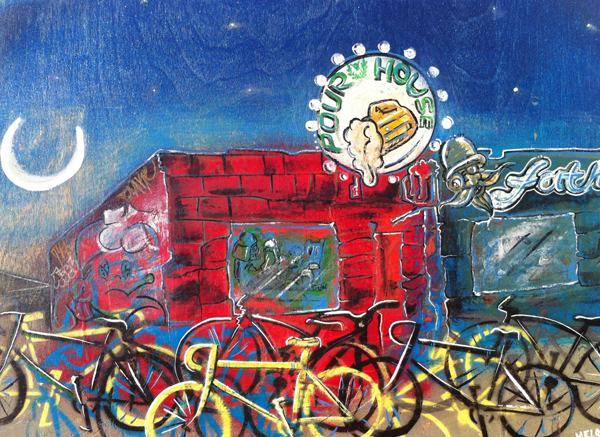

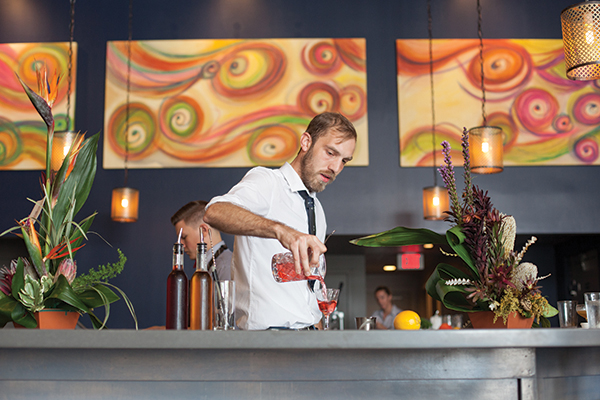
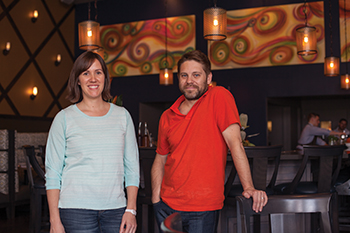 Against the dark walls of the rum house, Morales’ bright canvas colorfully pops in the light with yellow, magenta, green and purple hues. In a unique artistic twist, the mural is done in watercolor, a medium normally reserved for fine paper, but in Saint House, Morales has splashed it across his gesso-primed board.
Against the dark walls of the rum house, Morales’ bright canvas colorfully pops in the light with yellow, magenta, green and purple hues. In a unique artistic twist, the mural is done in watercolor, a medium normally reserved for fine paper, but in Saint House, Morales has splashed it across his gesso-primed board.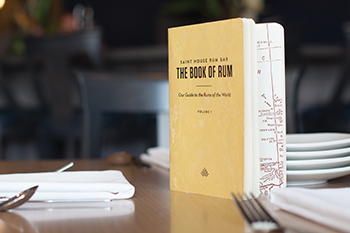 Rum is constantly pegged as sweet and syrupy – not surprising with its foundation in sugarcane – but as Saint House proves, there are styles and flavors from all over the world to be explored. On every table sits a little yellow chapbook titled The Book of Rum, and in it 17 countries are represented: from Brazil to Java with many islands in between.
Rum is constantly pegged as sweet and syrupy – not surprising with its foundation in sugarcane – but as Saint House proves, there are styles and flavors from all over the world to be explored. On every table sits a little yellow chapbook titled The Book of Rum, and in it 17 countries are represented: from Brazil to Java with many islands in between.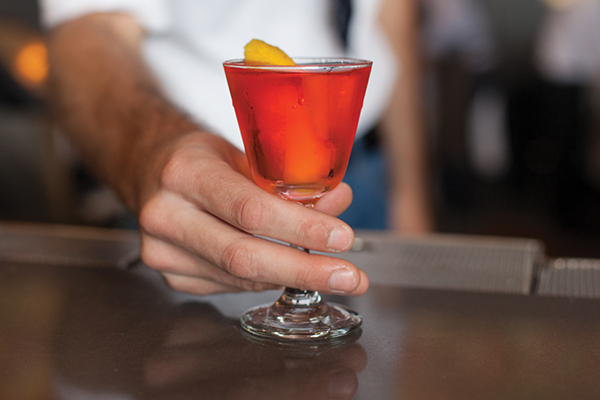
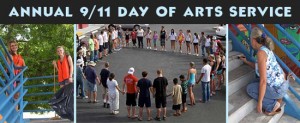
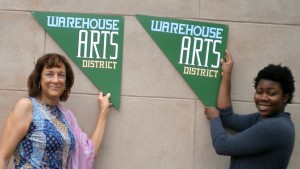

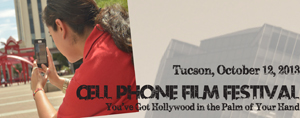
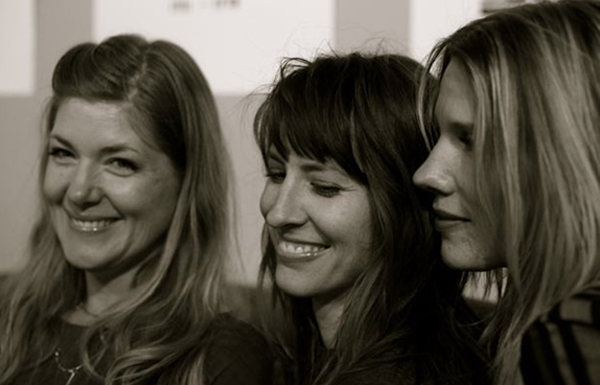
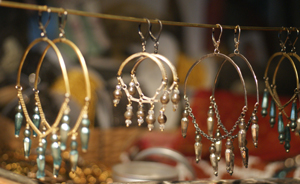

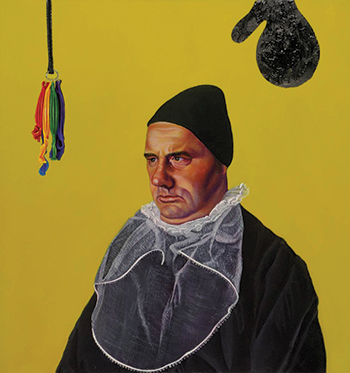





Also find us on...